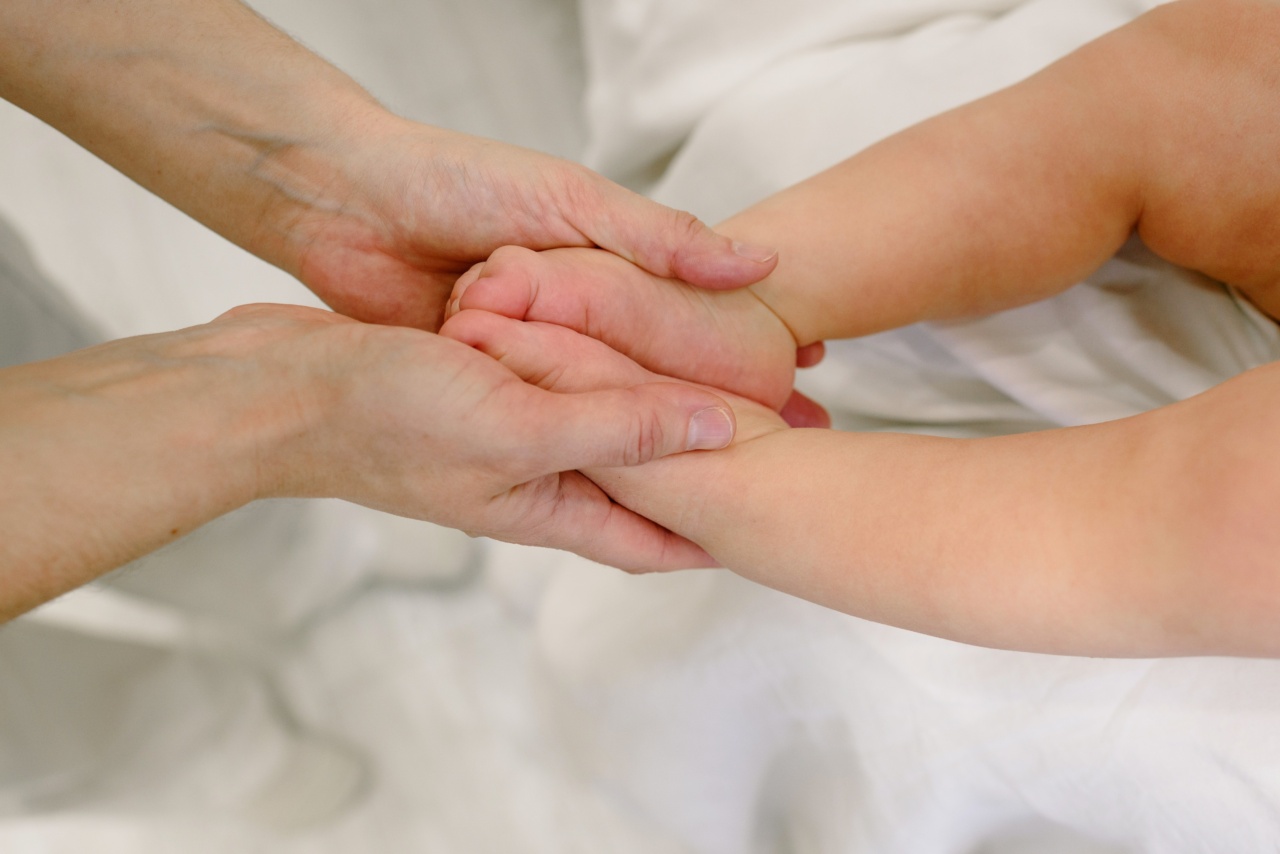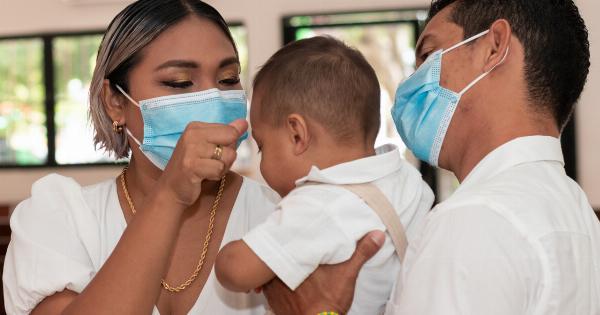Massage is a great activity that provides many benefits for babies. It can improve their sleep, decrease stress levels, ease colic and promote bonding between baby and parent. Massaging a baby can be a bonding experience for parents.
Massage therapy aims to develop a caring relationship between the baby and the parent. Here are ten tips for massaging your baby.
Tip 1: Choose the right time
Choose a time when your baby is relaxed, like after a bath or when they are not hungry and not sleepy. Avoid massaging your baby just before or after a feed.
Tip 2: Choose the right space
Create a peaceful and safe space for your baby. You can use a table or bed covered with a soft blanket, or a warm area on the floor with a blanket underneath. Make sure the environment is warm and free of distractions.
Tip 3: Warm your hands
Before you begin massaging your baby, warm your hands by rubbing them together or under warm water. This will make your hands comfortable for the baby and also prevent them from feeling cold.
Tip 4: Use appropriate oil
Choose a baby oil or a vegetable-based oil like almond, coconut or jojoba oil. Do a patch test on a small area of your baby’s skin to ensure they do not have an allergic reaction.
Apply oil gently and sparingly as babies do not need too much oil on their skin.
Tip 5: Start with gentle strokes
Start massaging your baby with gentle and light strokes. Use your fingertips, palms or the whole hand, moving from the baby’s head down to their toes. Avoid using too much pressure, especially around the head and spine.
Tip 6: Use baby massage techniques
Learn and use specific baby massage techniques, like the Indian massage technique for colic or the Swedish massage technique for promoting sleep. These techniques can help relieve specific health issues and improve overall well-being.
Tip 7: Communicate with your baby
While you massage your baby, talk to them in a soothing voice, maintain eye contact and observe their reactions. Respond to their cues and adapt your massage accordingly.
For example, if a baby is fussy or uncomfortable, you may need to reduce the pressure or change the position.
Tip 8: Focus on the feet, hands and head
Focus on massaging the feet, hands and head, as these areas have many nerve endings and can be sensitive for a baby. Use gentle strokes and pressure, clockwise rotation or tapping techniques to massage these areas.
Tip 9: End with a cuddle
End the massage with a cuddle or a gentle hug. This will signal to your baby that the massage is over and help them relax. You can also breastfeed or give them a feed after a massage to help them relax and feel nourished.
Tip 10: Be consistent
Consistency is key when it comes to baby massage. Try to massage your baby every day for at least 10-15 minutes. This will help establish a routine and provide ongoing benefits to your baby’s health and development.






























